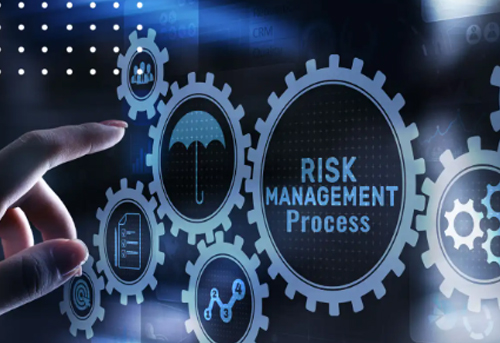
Developing a robust security policy is crucial for any organization to ensure the protection of its digital and physical assets. A security policy provides guidelines and strategies for safeguarding sensitive information, managing risks, and ensuring compliance with relevant laws and regulations.
Here's a step-by-step guide to developing a security policy:
1. Define Objectives and Scope
Objectives: Understand the primary goals of the security policy. These typically involve protecting confidential data, ensuring business continuity, preventing unauthorized access, and complying with legal and regulatory requirements.
Scope: Identify what the policy will cover (e.g., data protection, network security, physical security, employee access control). Decide whether the policy applies to all systems, specific departments, or certain types of information.
2. Assess Security Risks
Conduct a risk assessment to identify potential vulnerabilities, threats, and the impact of those threats on your organization. Consider factors such as:
Threats from external sources (e.g., hackers, malware)
Internal threats (e.g., employees, contractors)
Physical risks (e.g., natural disasters, theft)
Compliance requirements (e.g., GDPR, HIPAA, PCI-DSS)
3. Develop Key Security Principles
Define the core principles that will guide the security policy. Some common principles include:
Confidentiality: Ensuring that sensitive information is only accessible to authorized individuals.
Integrity: Ensuring that data is accurate, reliable, and protected from unauthorized modification.
Availability: Ensuring that systems and data are accessible to authorized users when needed.
Accountability: Tracking and recording actions to ensure that all users are held accountable for their actions.
4. Establish Governance and Roles
Define roles and responsibilities related to security within the organization. Some key roles include:
Chief Information Security Officer (CISO): Oversees the entire security program.
IT Security Team: Manages technical security controls and incident response.
Data Owners: Responsible for classifying and protecting sensitive data.
End Users: Follow security policies and report any security issues.
It’s also important to establish a security governance framework to ensure accountability and effective oversight.
5. Develop Specific Security Policies
Based on your objectives, risk assessment, and governance, develop specific policies to address the following areas:
Access Control Policy: Defines who has access to what data and systems, and under what conditions. It includes:
User authentication (passwords, multi-factor authentication)
User authorization (role-based access control)
Account management (user provisioning, deactivation)
Data Protection Policy: Defines how data is classified, stored, transferred, and disposed of. Key points include:
Data encryption (at rest and in transit)
Backup and recovery procedures
Data retention and disposal guidelines
Incident Response Policy: Provides a clear set of actions to follow in case of a security incident. It includes:
Incident detection and reporting
Incident handling and mitigation
Communication protocols during and after an incident
Post-incident review and improvement
Network Security Policy: Defines how the organization will protect its network infrastructure. It covers:
Firewalls, intrusion detection systems (IDS), and intrusion prevention systems (IPS)
Secure configuration of network devices (routers, switches)
Remote access policies (VPN, secure tunneling)
Physical Security Policy: Defines physical security measures for protecting buildings, assets, and data. Key points:
Access control for facilities
Surveillance and monitoring (cameras, badges)
Safeguarding physical devices (e.g., laptops, USB drives)
Compliance and Legal Requirements: Ensure the policy aligns with industry standards and legal frameworks, such as:
GDPR (General Data Protection Regulation)
HIPAA (Health Insurance Portability and Accountability Act)
PCI-DSS (Payment Card Industry Data Security Standard)
6. Establish Enforcement Mechanisms
Define how the security policy will be enforced, including:
Monitoring: Regular audits and monitoring for compliance with security policies.
Training: Regular employee training on security best practices and policies.
Penalties: Outline the consequences for policy violations, which may include disciplinary action.
7. Implement the Security Policy
Once the policy is developed, it needs to be communicated and implemented effectively across the organization. This includes:
Providing employees with access to the policy document
Training staff on their responsibilities under the policy
Ensuring systems, processes, and controls are in place to enforce the policy
Creating an incident response plan in case of breaches or policy violations
8. Review and Update the Policy Regularly
Security is a constantly evolving field. To ensure the policy remains effective, it should be reviewed and updated regularly. This may include:
Reviewing the policy at least annually or following major changes in technology or regulatory requirements.
Conducting penetration testing and risk assessments to identify new vulnerabilities.
Adjusting the policy based on feedback from audits, employees, or industry developments.